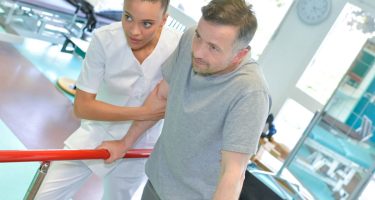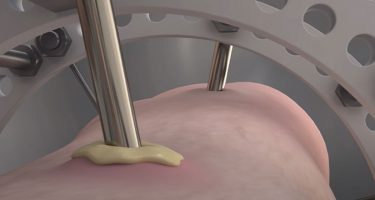LRS Pediatric
![]()
Midshaft deformity in a short humerus; Limb Reconstruction System with Acute Correction Template.
(a) Clamp template on rail and acute correction template at end of rail.
(b) Osteotomy and correction of deformity; definitive fixator in place.
(c) Lengthening at site of original deformity.
Caution: radial nerve, open procedure for all screws.
Equipment required
|
| Q.ty | Catalogue N. | Description |
|---|
| 1 |
14133 
|
LRS STRAIGHT CLAMP TEMPLATE FOR ACUTE CORRECTION
|
| 1 |
14107 
|
LRS STRAIGHT CLAMP TEMPLATE
|
| 1 |
55010 
|
PAEDIATRIC LRS STANDARD KIT
|
| 4 |
99-60139 
|
OSTEOTITE BONE SCREW 130/30 MM SHAFT D 6 MM THREAD D 6-5 MM
|
Operative techniques
|
Limb Reconstruction System - Part B: Correction of Deformities |
Videos
 | Pin Site Care |
Instructions for use
|
PQ_DYB - Orthofix LRS Dyna Block |
|
PQ_EXF - Orthofix External Fixation System |
|
PQ_ISP - Orthofix Fixation System Medical Devices |
|
PQ_REC - Reconstruction Systems |
|
PQ_SCR - Orthofix Bone Screws for External Fixation System |
|
PQ_SUO - Risks Due to the Re-Use of "Single Use" Device |

